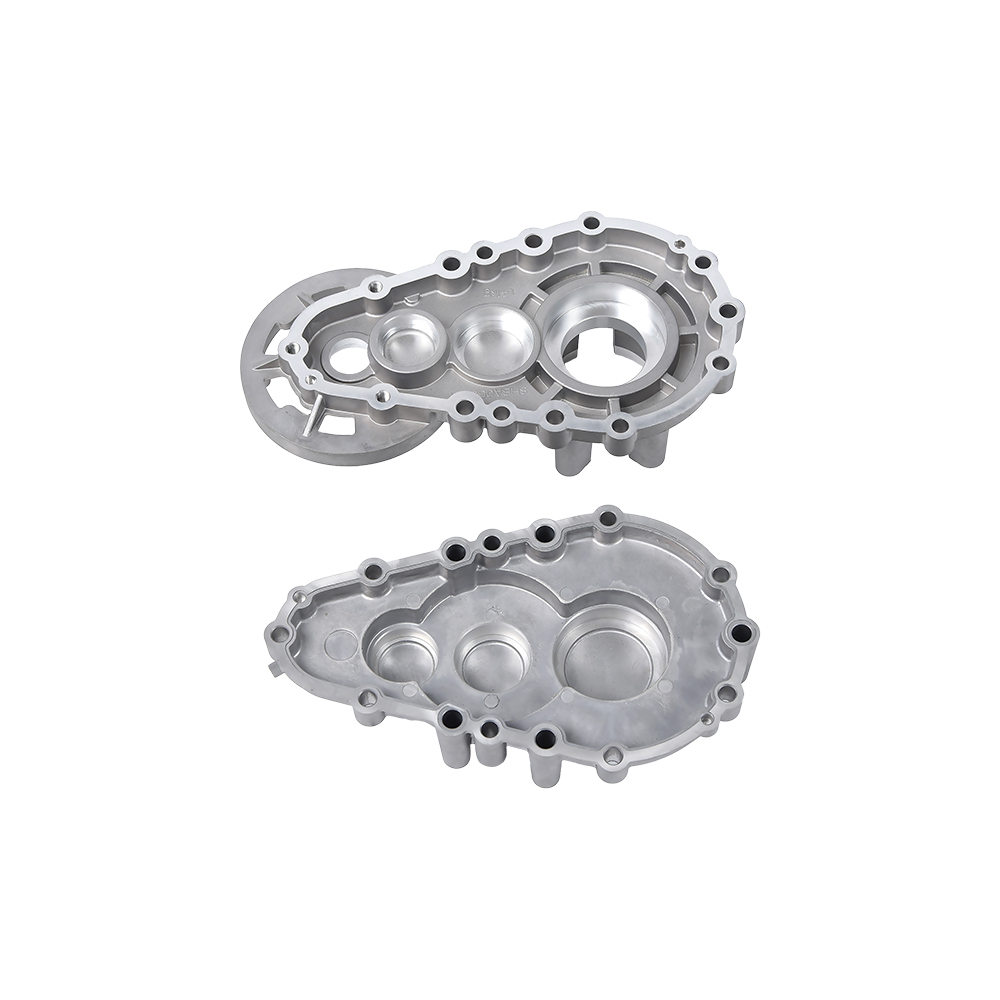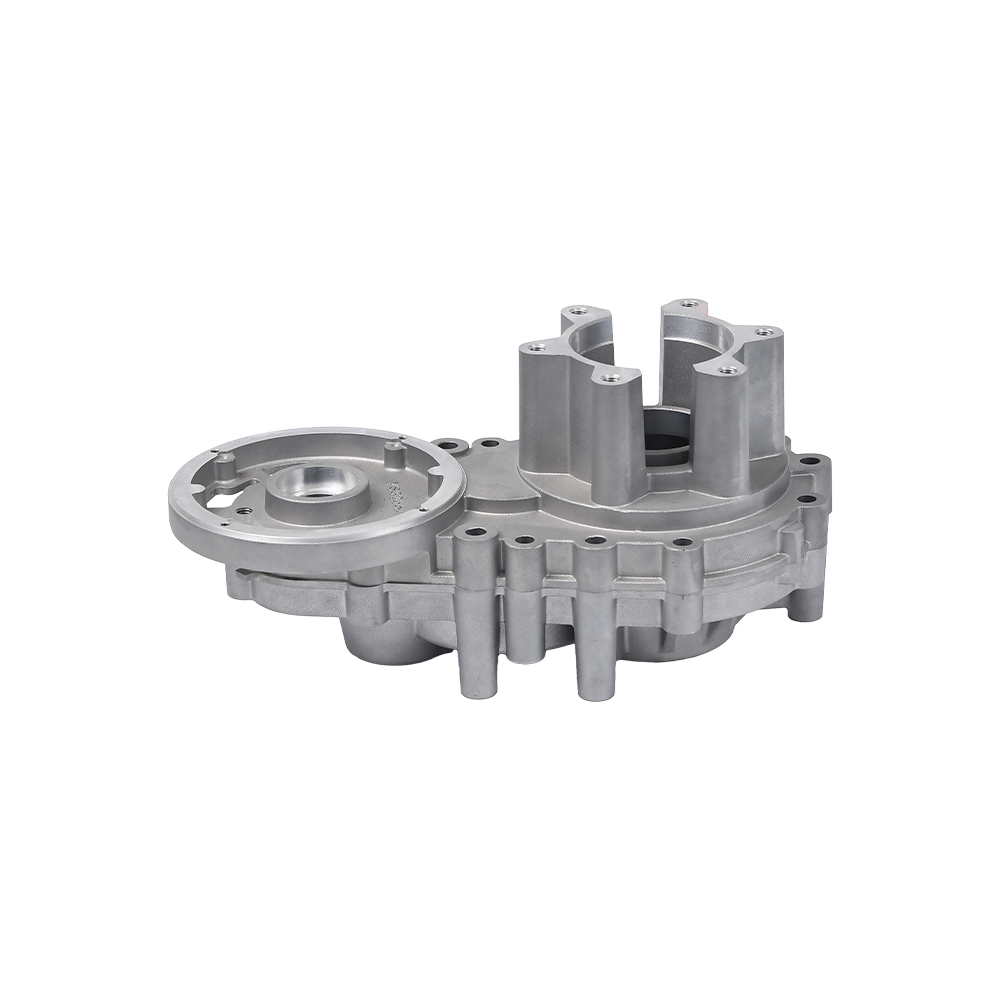Whether the parts produced by aluminum die-casting process need to undergo secondary processing mainly depends on the specific purpose, accuracy requirements, and surface quality standards of the parts. Although aluminum die casting itself has high dimensional accuracy and good formability, it can manufacture complex geometric parts in one go and meet basic structural and functional requirements in most cases. However, in many applications, in order to further improve the performance, accuracy, or appearance of the parts, certain secondary processing is still required.
In actual production, die-casting parts often have some details that require subsequent processing, such as unprocessed installation holes, threaded holes, sealing surfaces, or mating surfaces. These areas often require higher dimensional tolerances or surface smoothness, exceeding the range that die-casting itself can achieve, and must be completed through mechanical processing methods such as drilling, tapping, milling, or turning. In some high load, motion or sealing applications, the fitting accuracy between parts directly affects the overall performance. In this case, it is very common and necessary to perform local precision machining after die-casting.
In addition to considerations of precision, surface treatment of aluminum die casting is also a common secondary processing method. In order to improve corrosion resistance, aesthetics, or meet specific environmental requirements, die-casting parts usually require surface treatment processes such as anodizing, electroplating, spraying, or sandblasting, which also belong to the broad category of secondary processing.

 English
English русский
русский Español
Español










